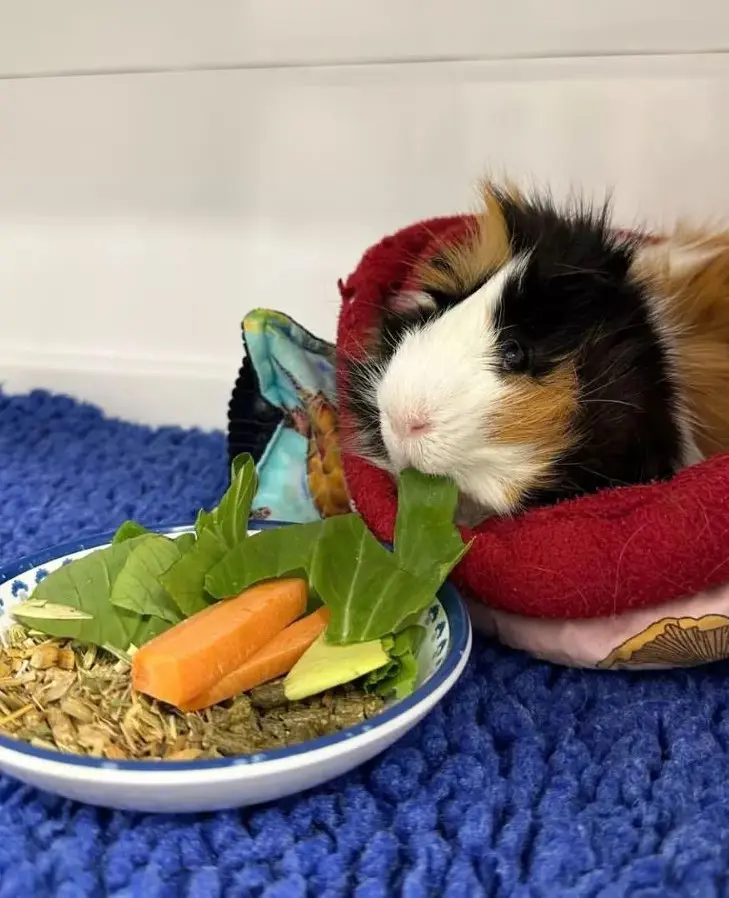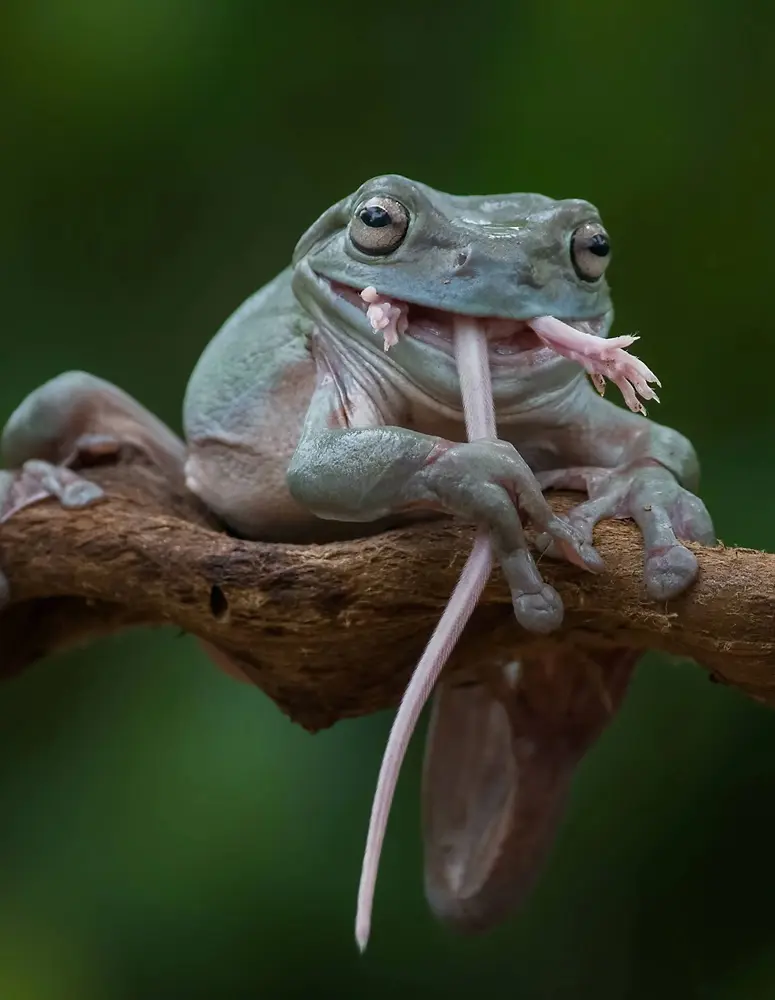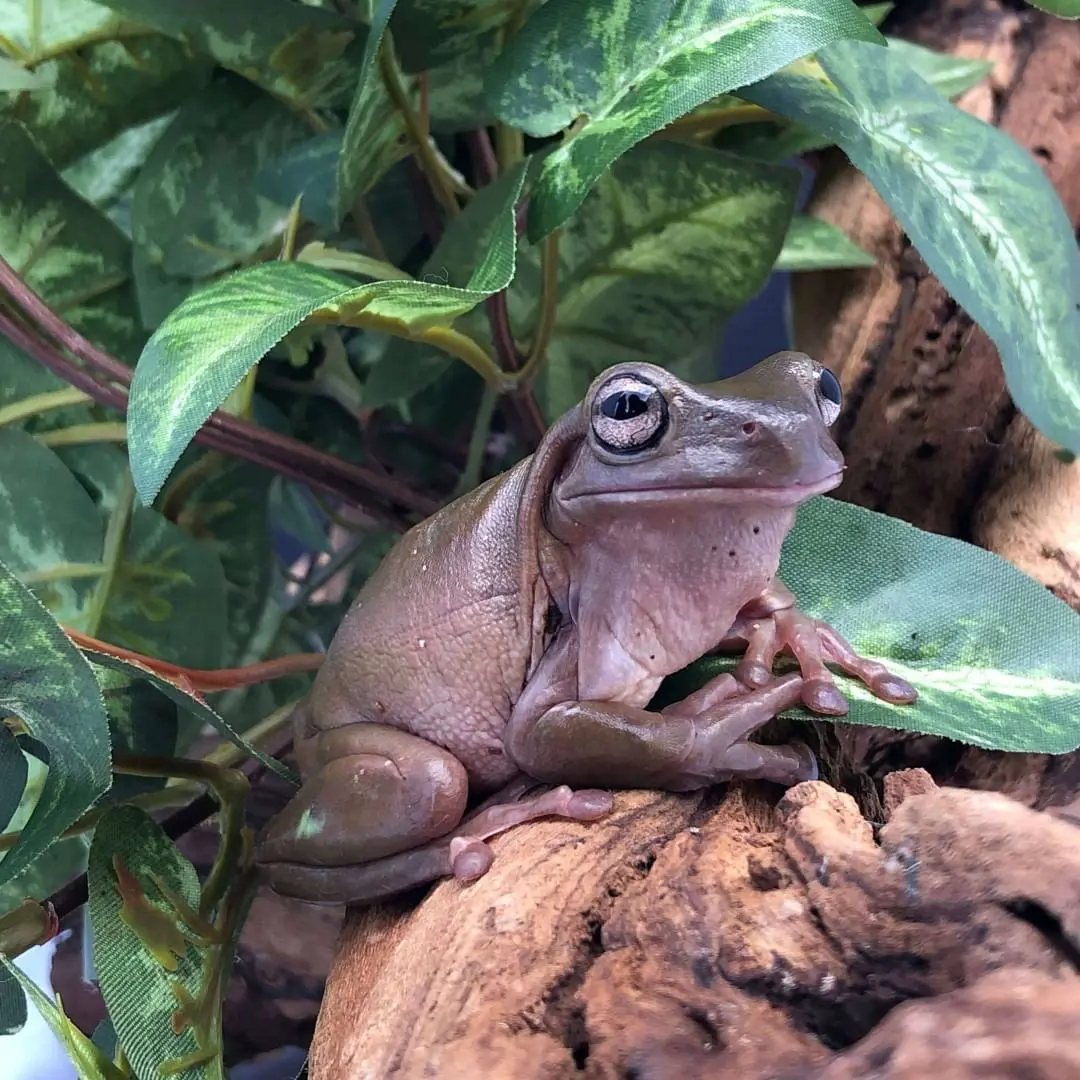20 Interesting Facts About Bearded Dragon
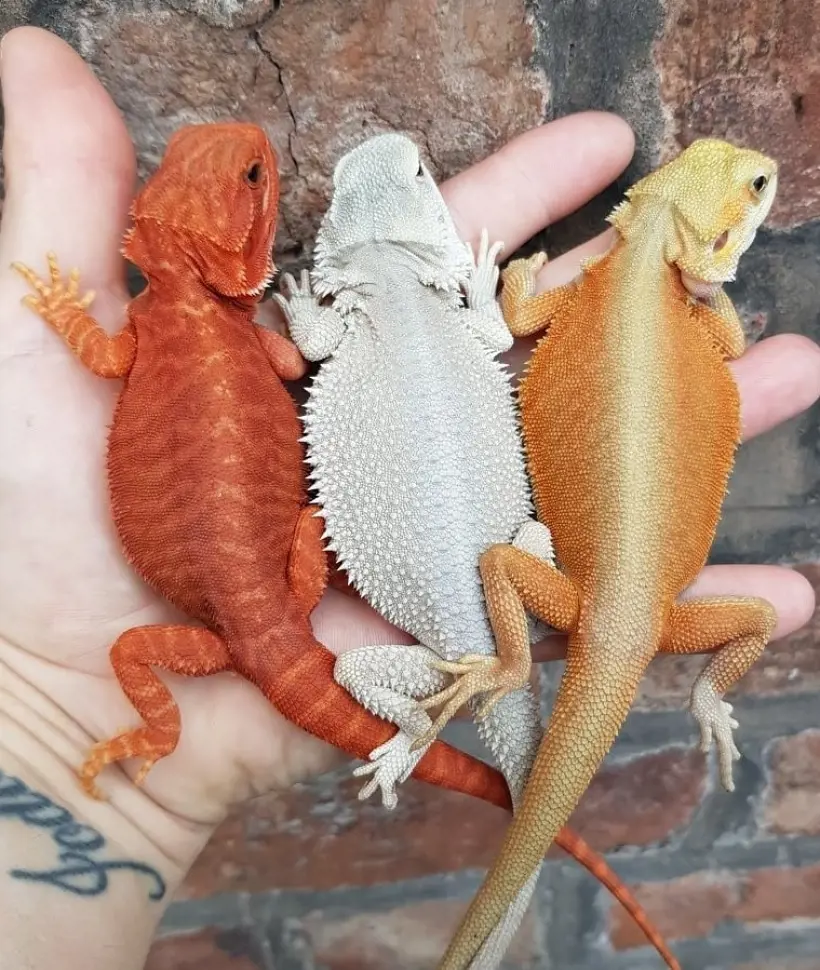
Bearded dragons are captivating reptiles native to Australia, well-recognized for their distinctive feature of the spiky beard-like scales located under the throat. Despite their fearsome appearance, these dragons are known for their gentle and docile nature, making them popular pets among reptile enthusiasts.
These little reptiles are omnivores and they enjoy a diet that includes a variety of insects, vegetables, and fruits. One of their most intriguing features is that they are equipped with specialized heat-sensing pits on their heads which allow them to detect the temperature of their surroundings. Let's delve into some amazing facts about the bearded dragons here.
1. Bearded Dragons Get Their Name From Their Spiky Scales
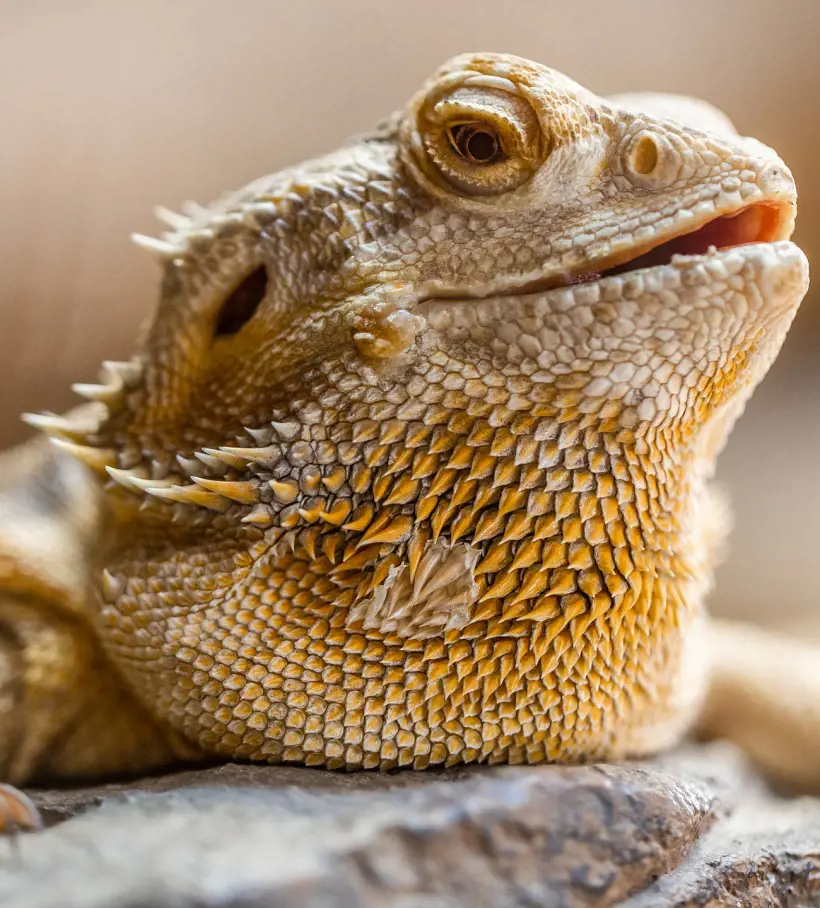
The bearded dragons get their name from their distinctive, spiky bearded scales which are particularly evident under their throats. These are not actual beards but scales that puff up and darken during displays of aggression or excitement.
While the spikes may appear menacing, they serve various functions, including temperature regulation. Furthermore, these scales act as a form of defense against predators, making the bearded dragon appear larger and more formidable.
2. They Have Excellent Vision
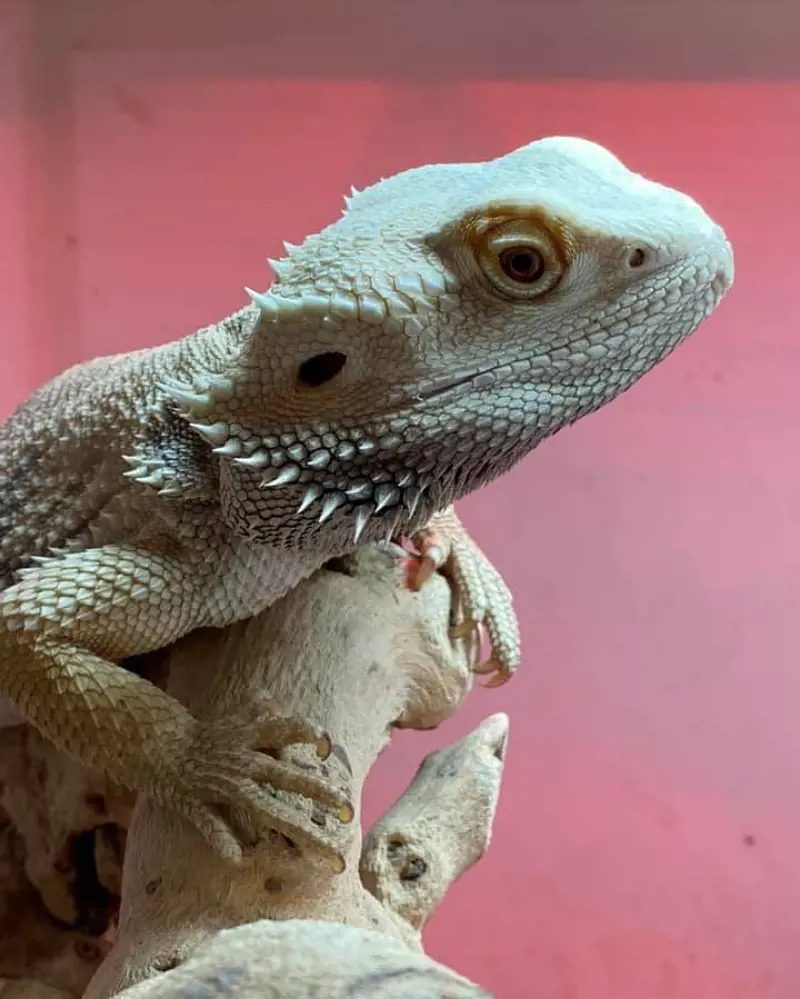
Bearded dragons possess remarkable vision adapted to their environment and hunting needs. The eyes of these pet lizards are tactically situated on the sides of their heads which gives them a wide field of view to detect potential threats from various angles.
Their keen eyesight extends into the ultraviolet spectrum, allowing them to perceive patterns and markings that are invisible to humans. The unique visual capability of these opportunistic hunters aids them in communication, navigation, and locating food.
3. They Wave To Acknowledge Each Other
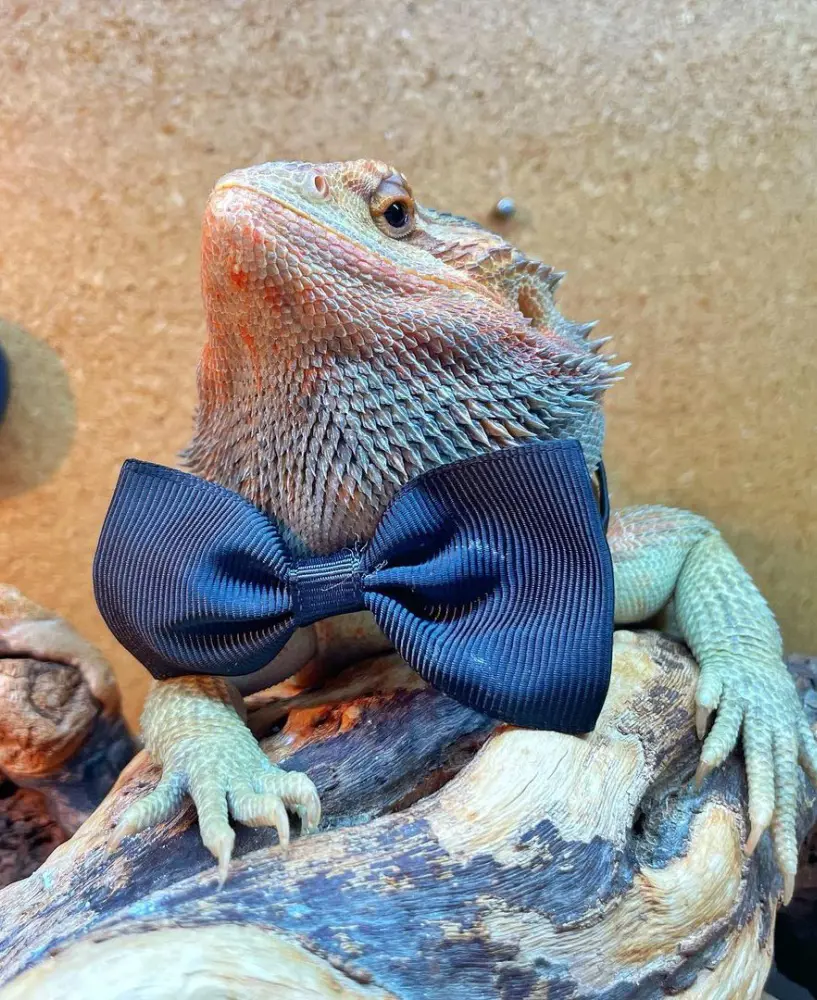
The endearing waving behavior of bearded dragons is a fascinating aspect of their social interactions. In the wild, these adorable dragons use this waving behavior to signal recognition and establish hierarchy within their social structure.
When a dominant dragon perceives a subordinate one, the submissive individual responds with a wave as a way of acknowledging its lower status. Likewise, while in captivity, they may exhibit this behavior towards their human caregivers or other dragons in neighboring enclosures.
4. Bearded Dragons Love To Sunbathe
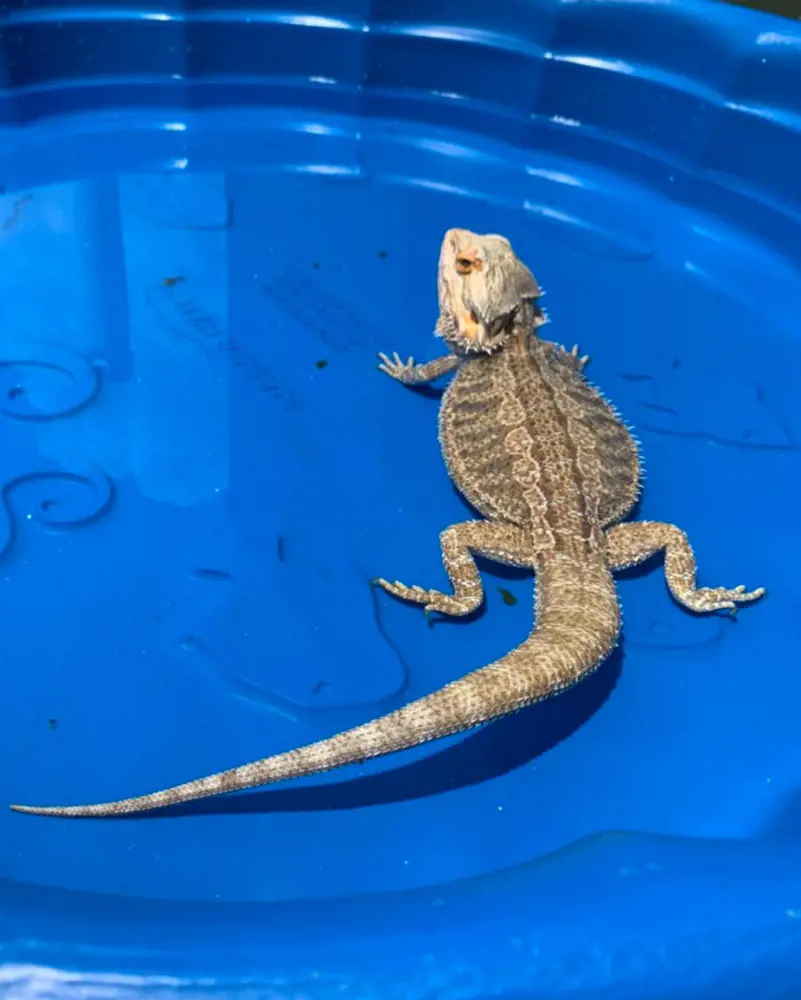
Sunbathing is a crucial and instinctive behavior for bearded dragons as basking in the sun allows them to absorb essential UVB rays. It is crucial for synthesizing vitamin D3 and metabolizing calcium which are vital for their bone health.
In the wild, they can be observed perching on rocks or branches under the sun, optimizing their exposure to both heat and UVB rays. In captivity, you can provide a basking spot with a heat lamp that mimics this natural behavior.
5. Bearded Dragons Have Specialized Teeth
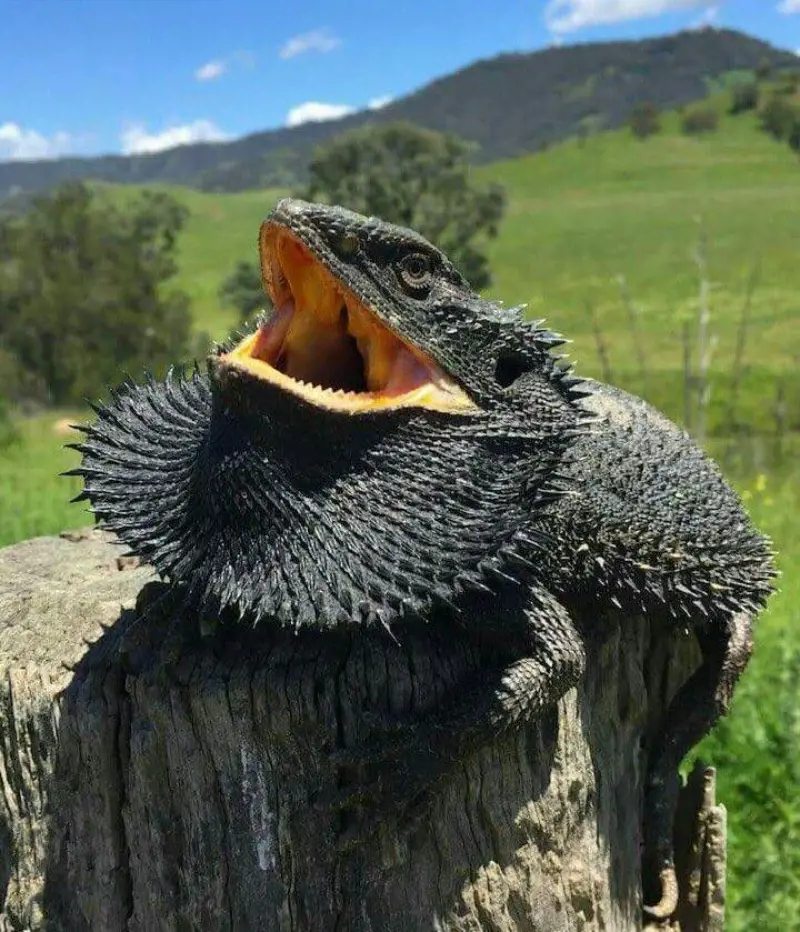
Bearded dragons possess a set of specialized teeth adapted to their omnivorous diet and feeding habits. They lack the ability to chew their food, so the serrated edges aid in gripping and breaking down prey into manageable pieces.
The finely serrated teeth of these dragons resemble a saw-like structure which is deal for tearing apart a variety of prey items and vegetation for efficient consumption. Additionally, their teeth continuously grow throughout their lives, compensating for wear and tear.
6. They Can Change Their Color
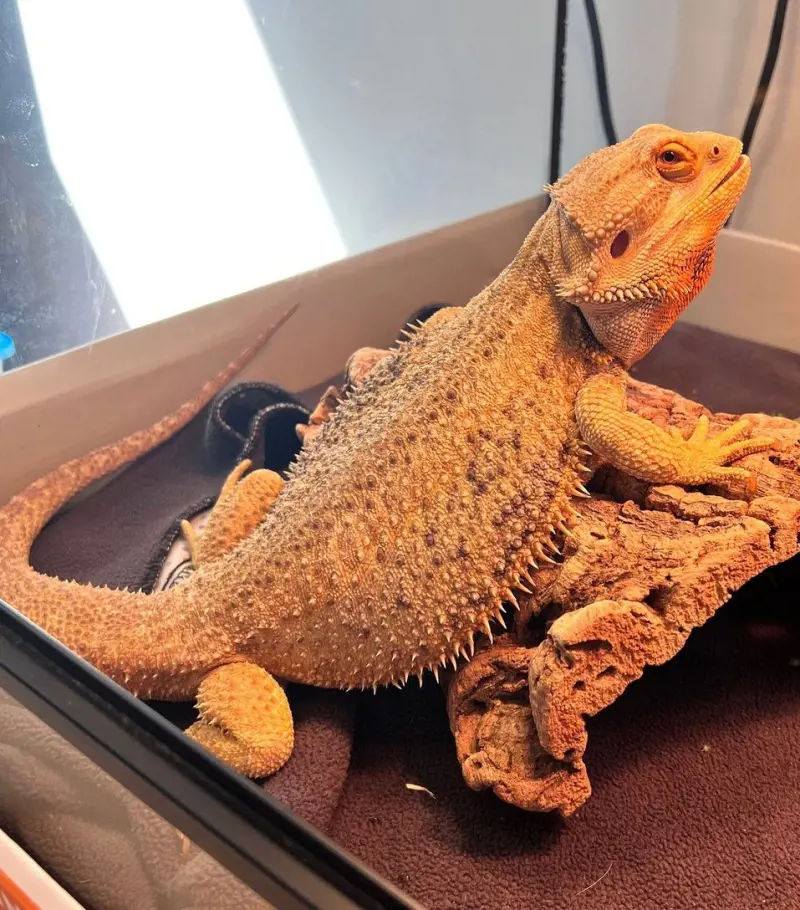
Bearded dragons exhibit subtle shifts which are influenced by factors like mood, temperature, and health. These changes are particularly noticeable in their beard, which can darken or lighten in response to environmental stimuli.
The warm conditions can intensify the hues of these dragons while shedding is another factor that plays an important role in making their skin appear brighter. While not as dynamic as some chameleons, these color variations in bearded dragons offer valuable insights into their well-being and emotional states.
7. They Have Calm And Gentle Disposition

Bearded dragons are celebrated for their calm and docile nature which is the main factor that makes them popular pets for reptile enthusiasts. This calm disposition is thought to be an adaptive trait, allowing them to navigate their surroundings without expending unnecessary energy on aggression.
The temperament of these dragons is characterized by a gentle demeanor and they often tolerate handling well. They are known to develop strong bonds with their human caregivers and can be surprisingly responsive to interaction.
8. Bearded Dragons Are Excellent Climbers
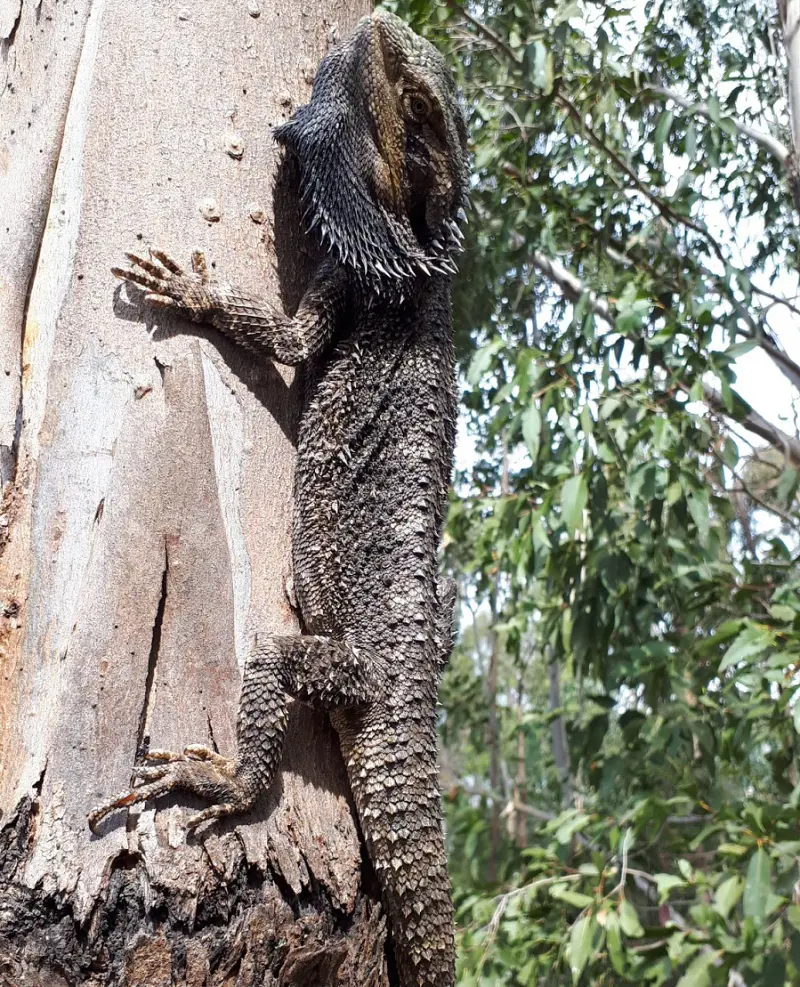
These reptiles possess good climbing tendencies, especially in their natural habitat of arid and semi-arid regions of Australia. While in captivity they can be often seen perching on rocks, branches, or elevated basking spots to regulate their body temperature.
These dragons are semi-arboreal which means they can become expert tree climbers whenever needed in conditions like pursuing their prey or being pursued by a predator. This climbing behavior serves both thermoregulatory and environmental exploration purposes.
9. They Are Solitary Animals
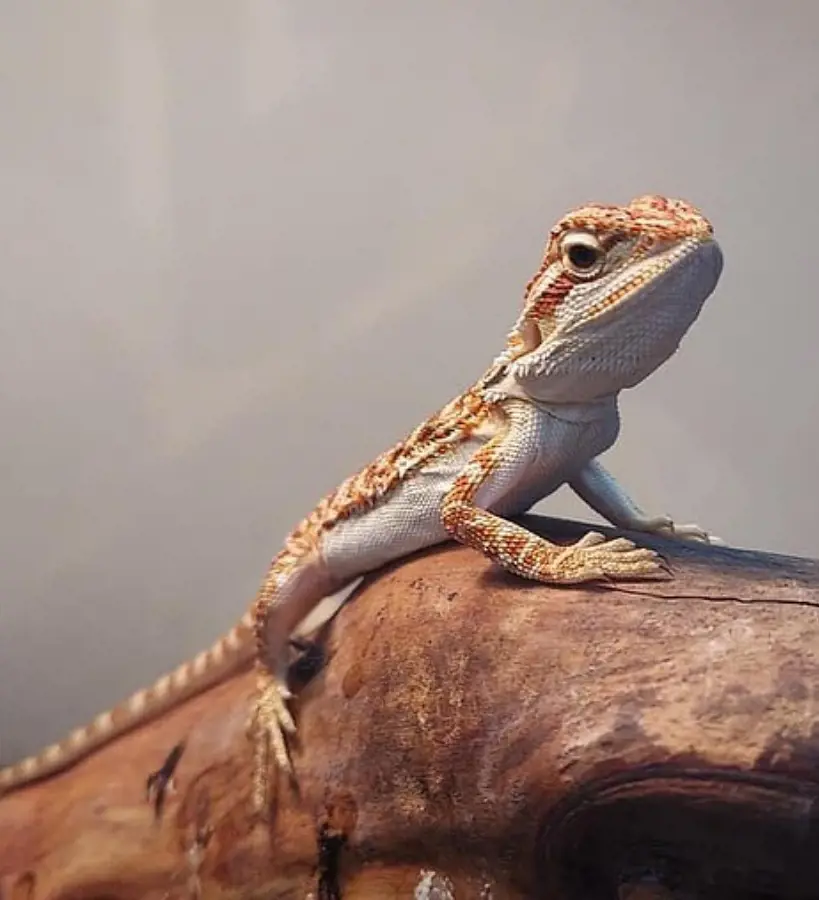
Bearded dragons are solitary creatures and they exhibit a preference for independent living. In their natural habitat, they are often found alone, and encounters with other dragons are typically limited to mating or territorial disputes.
Even in captivity, housing multiple bearded dragons together can lead to aggression, stress, and dominance issues, especially among males. Providing each dragon with its own space, hiding spots, and basking areas helps mitigate potential conflicts and ensures a stress-free environment.
10. They Can Change Gender During Incubation

Bearded dragons exhibit temperature-dependent sex determination (TSD) which is a fascinating phenomenon where the incubation temperature of their eggs influences the gender of the offspring. Unlike the genetic sex determinations in mammals, a bearded dragon's gender is determined by the temperature at which the eggs are kept.
Warmer temperatures during incubation typically result in the hatching of females, while cooler temperatures tend to produce males. This adaptability is an evolutionary strategy that allows the dragons to adjust their population's gender ratio based on environmental conditions.
11. They Can Sleep While Standing
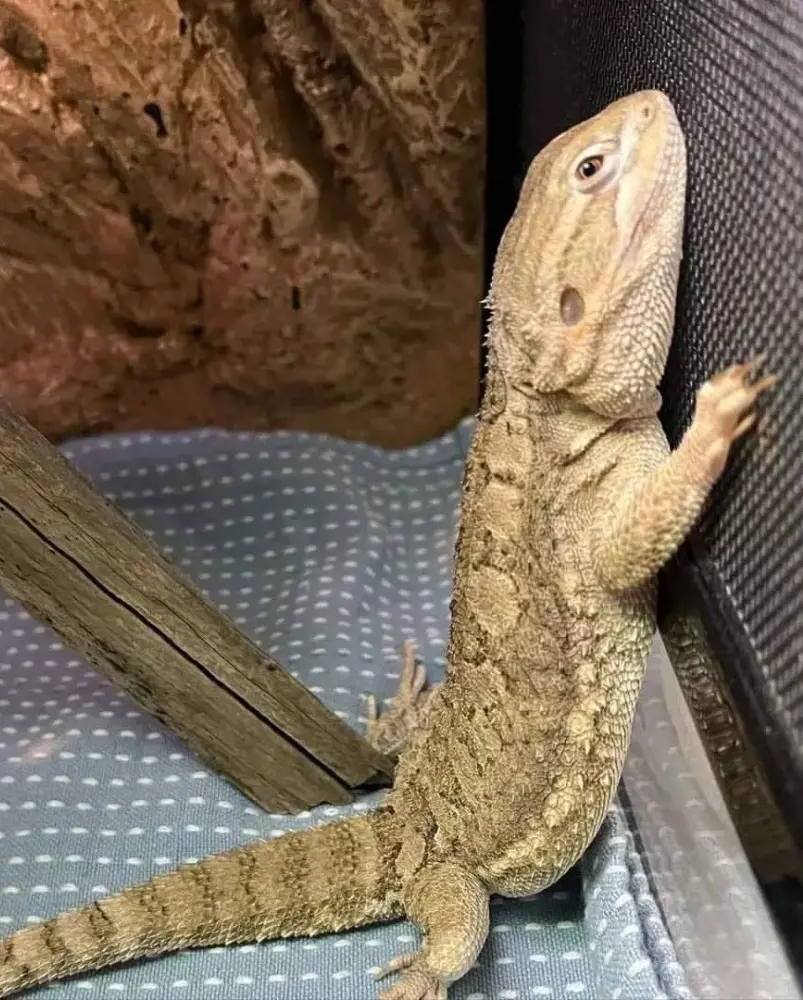
These dragons are known for their unique ability to sleep while standing up which reflects their adaptability to various environments. In their natural habitat, they often perch on rocks or branches, utilizing their strong and grasping limbs to maintain an upright position during rest.
This behavior allows them to stay vigilant and alert to potential predators or changes in their surroundings as well. Even in captivity, they may choose to rest in an upright position on branches or other elevated structures within their enclosure.
12. Bearded Dragons Can Produce Mild Venom
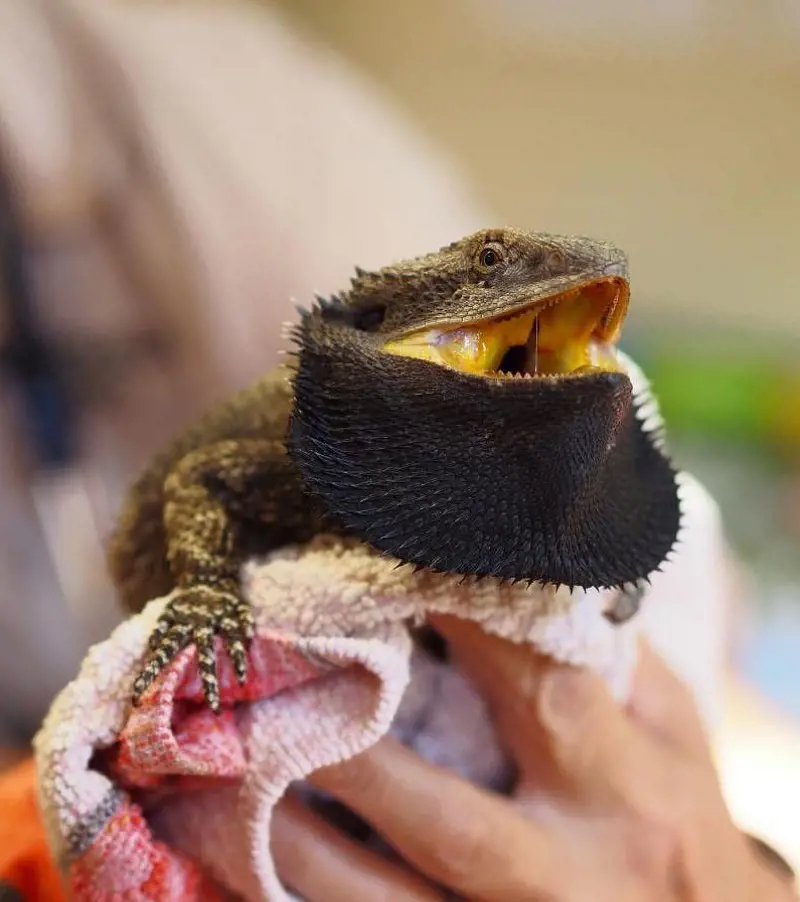
Bearded dragons can produce venom that is harmful to the small insects they prey on and eat, but it is innocuous to humans. These dragons produce this mild venom in their mouth which helps immobilize their prey.
This type of venom produced by bearded dragons is totally harmless in the case of humans but one needs to be certain about any allergic reactions that may occur. Rather than kill, this venom is actually produced to help the dragons chomp their prey without much resistance.
13. Female Dragons Can Lay Up To 24 Eggs
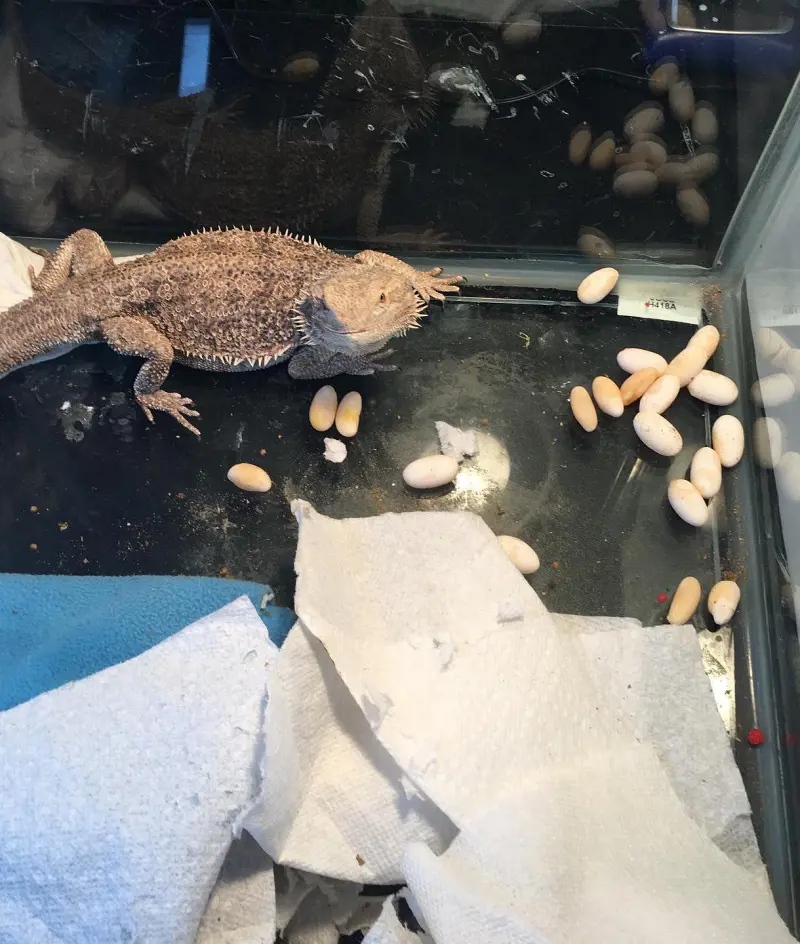
Female bearded dragons have the capacity to lay clutches of eggs and a mature female dragon can lay multiple clutches of eggs throughout the breeding season. The number of eggs per clutch can range from fifteen to twenty-four.
These dragons typically reach sexual maturity between eight months to a year and a half, depending on factors like diet, health, and environmental conditions. The frequency and size of clutches depend on factors like age, health, and overall conditions.
14. They Are Territorial Creatures

Bearded dragons are known for their territorial behavior and they establish and defend territories. This characteristic is essential for securing resources such as basking spots, hiding places, and potential mates.
Encounters between males can lead to displays of dominance, including head bobbing, beard puffing, and even physical confrontations. In captivity, it is essential to provide each dragon with its own space, including basking areas and hiding spots.
15. Bearded dragons Are Crepuscular
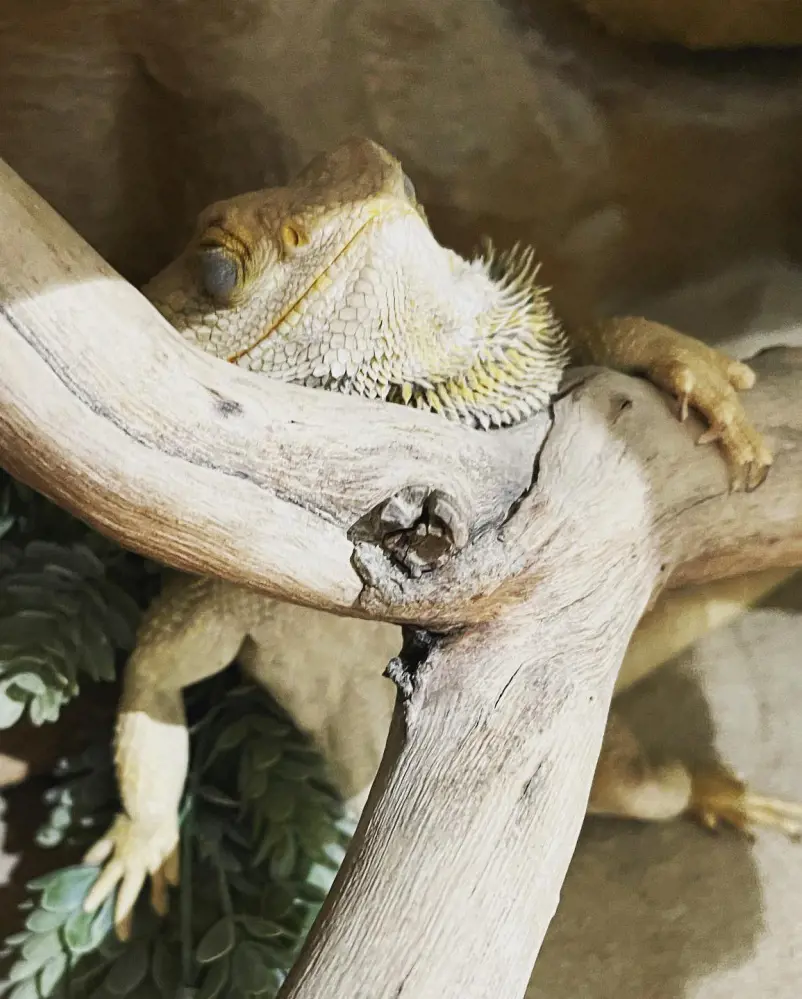
Bearded dragons exhibit a crepuscular nature which means they are most active during the dawn and dusk periods. This behavior is thought to be an adaptation that allows them to avoid extreme temperatures during the day while still taking advantage of the warmth and light.
These dragons originally came from Australia where the temperature is harsh and being crepuscular allows them to strike a balance between thermoregulation and predation avoidance. In captivity, it is beneficial to replicate this natural pattern by providing a proper lighting cycle.
16. Bearded Dragons Are Ectothermic
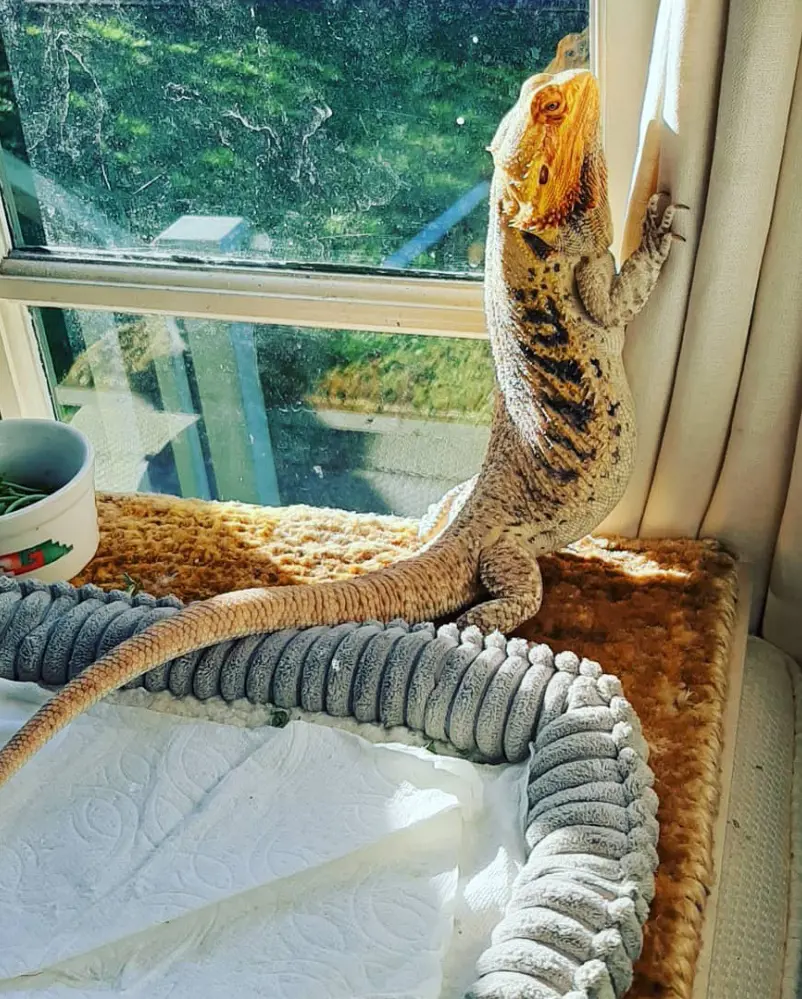
Like many reptiles, Bearded Dragons are ectothermic so they rely on external sources to regulate their body temperature. These dragons have to depend on the surrounding environment to maintain their optimal temperature.
They achieve this by basking in sunlight or under heat lamps to raise their body temperature and then seek cooler areas to cool down. This thermoregulatory behavior is crucial for their overall health, digestion, and activity levels.
17. They Have Relatively Long Lifespan
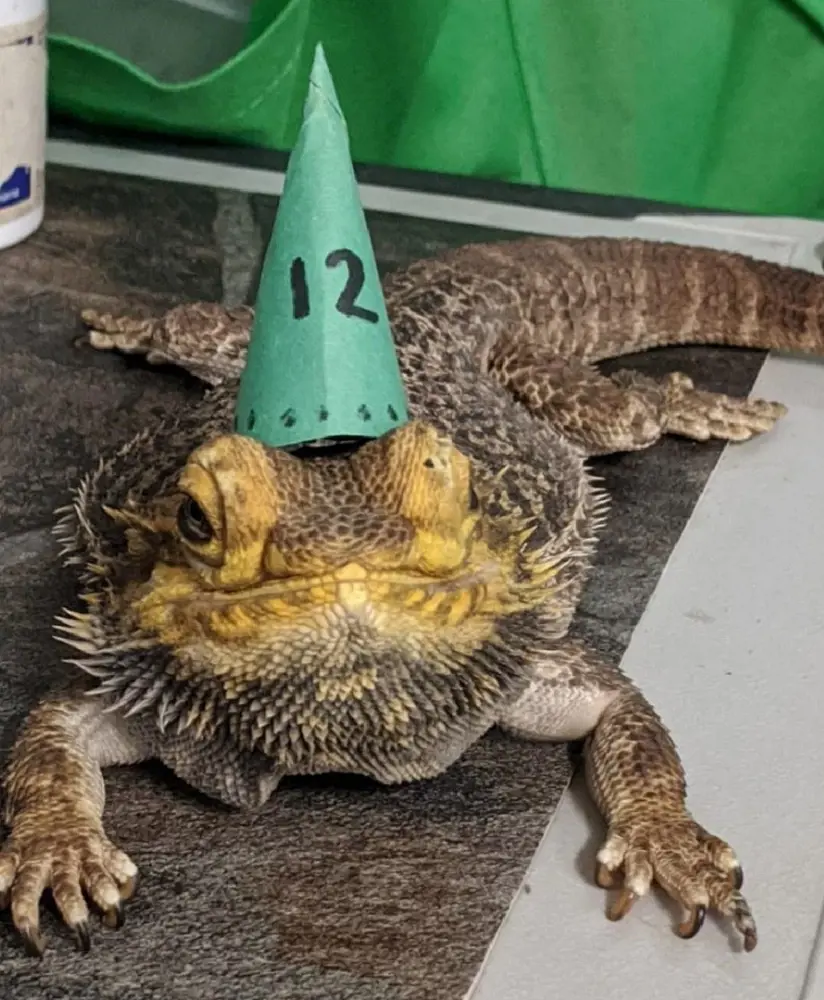
In captivity, bearded dragons can live an average of ten to fifteen years or even more with proper care. Factors like a balanced and nutritious diet and a suitable habitat with proper lighting and heating contribute to a healthy and extended life.
In the wild, they face challenges such as predation and environmental factors, which can impact their longevity. They undergo distinct developmental phases throughout their life and pet owners need to understand their requirements.
18. They Cannot Shed Their Tail
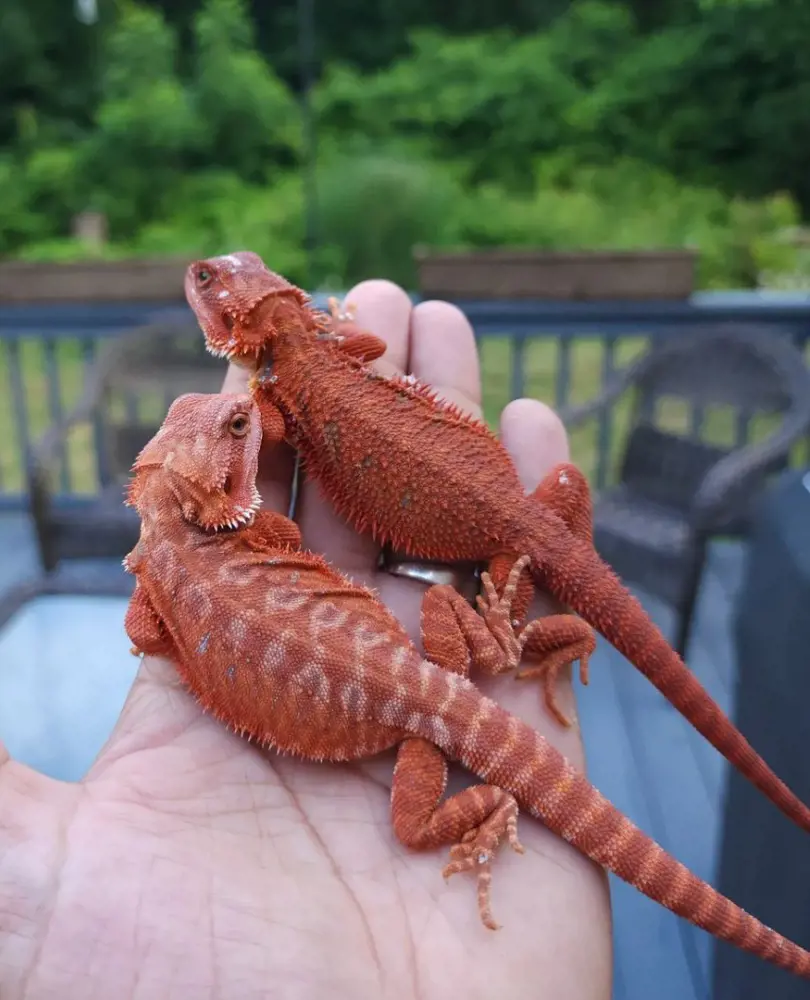
Unlike some other lizard species, bearded dragons do not have a natural tendency to shed their tails as a defensive mechanism. These dragons rely on their other defensive strategies, such as puffing up their bodies, changing color, or displaying aggressive behaviors.
These dragons do not drop their tails as a self-defense mechanism, which means if they lose their tail they will be without them forever. They go through a natural shedding process for a few days where they forgo old skin and get a new one, but the tail remains intact.
19. Bearded Dragons Are Excellent Swimmers
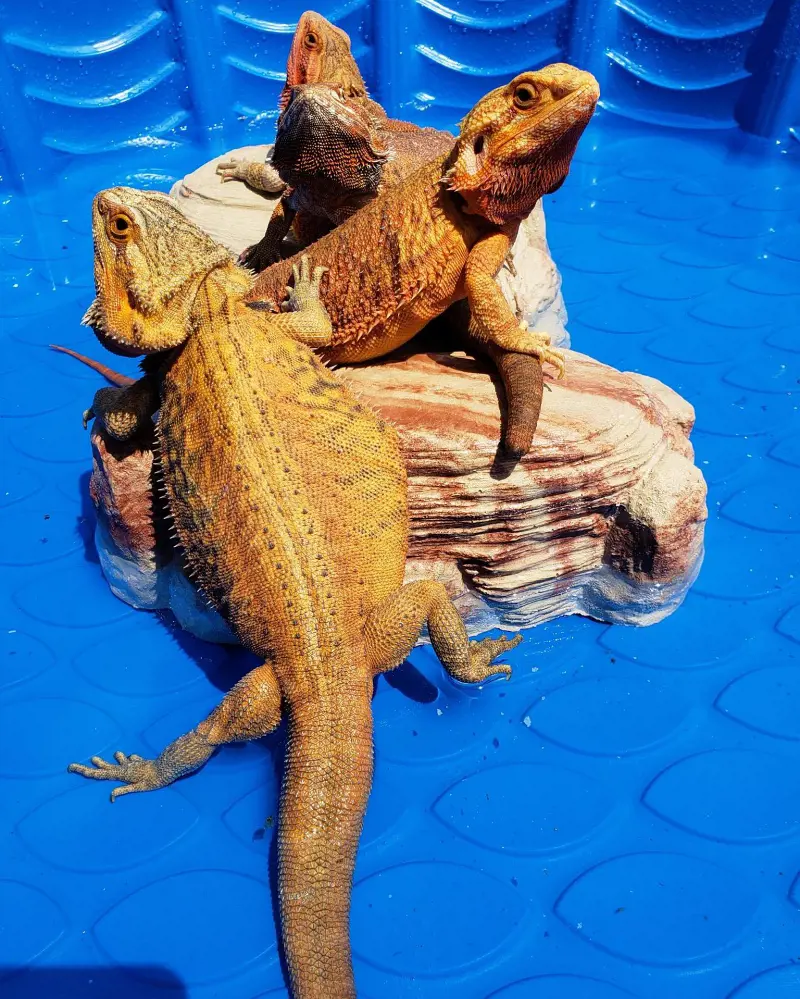
Even though their natural habitat doesn't demand swimming, bearded dragons are actually good at it. They inhale air to float and then use their limbs to paddle through the water.
These dragons are not always the most graceful or smooth swimmers, but they can glide in the water just fine. For your pet, don't let it swim in the chlorinated pool because the chemicals can harm your dragon and may cause eye infections or respiratory problems.
20. Bearded Dragons Are Terrific Runners

In general, bearded dragons are mostly calm and sedentary animals that prefer to bask in the sun and eat. However, these unassuming reptiles are deceptively fast and can shoot away in a blink.
These dragons can run at a speed of almost nine miles per hour which is nearly twice as fast as a Guinea Pig, just to put it into perspective. While in captivity, they might even charge across their enclosure or run across the room.
Top Lists



